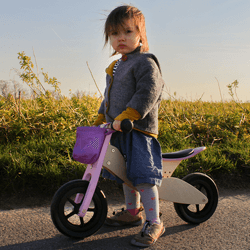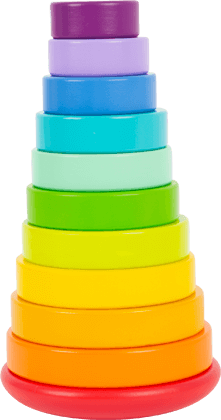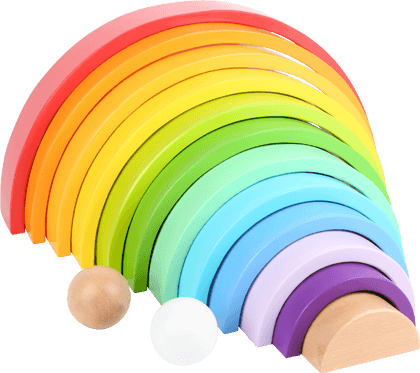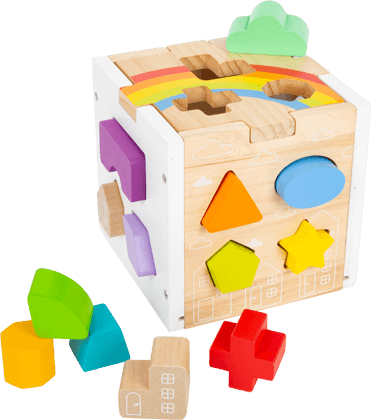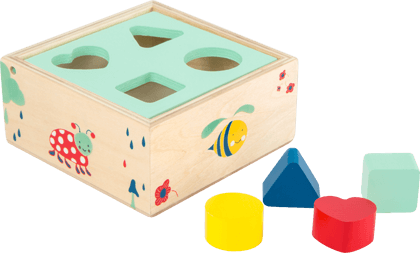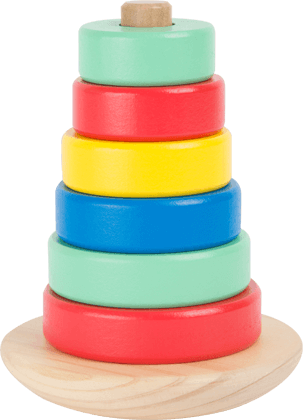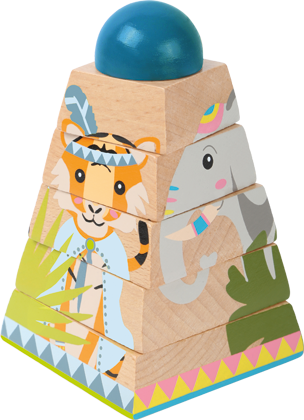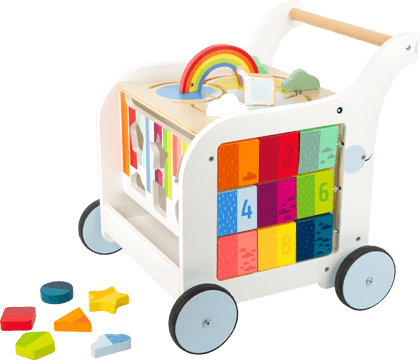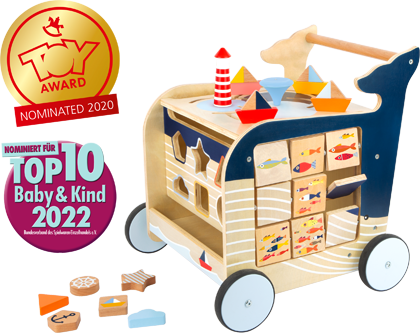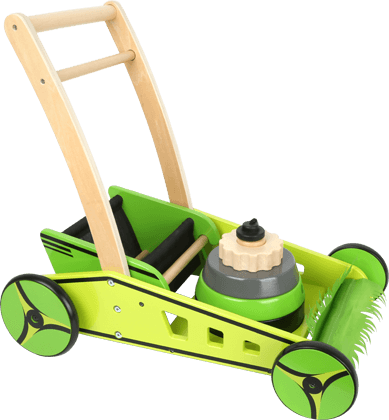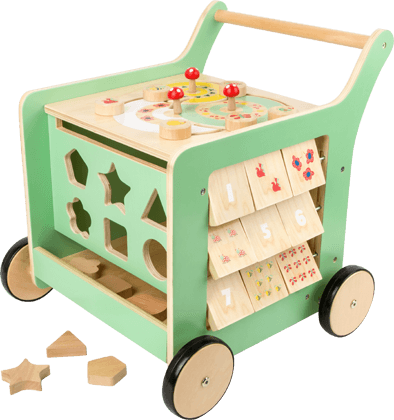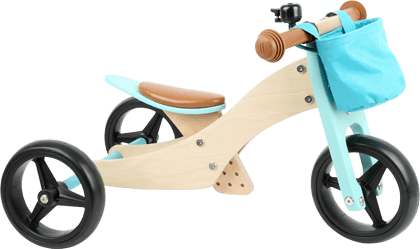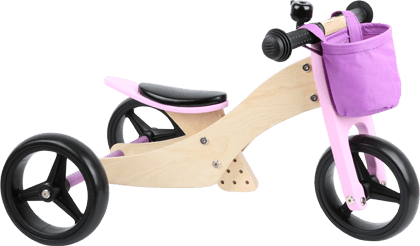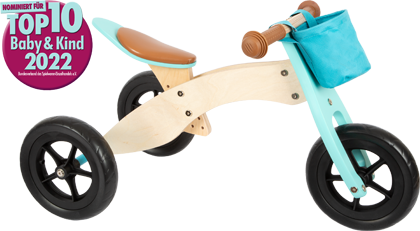How can babies' and infants' motor skills be trained?
How can babies' and infants' motor skills be trained?
Crawling, grasping, walking, smiling, hopping - All of these movement sequences are part of a child's motor skills. That said, there is a difference between gross and fine motor skills. In a nutshell, gross motor skills are comprised of the movement of the entire body, as with walking (for example), and fine motor skills include hand-eye coordination as well as facial expressions.
After the birth: Grip toys, baby rattles, and plush toys promote the development of fine motor skills
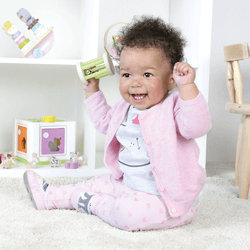
Train fine motor skills with grippers, baby rattles and fabric toys
Inserting, stacking, sorting & Co. - Promoting the development of fine motor skills with toys
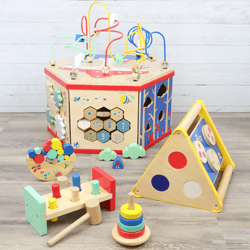
Encourage fine motor skills with plug games, stacking games, games of skill & Co.
Learning to walk: An important milestone for infants and the development of their gross motor skills
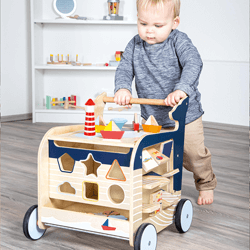
Mastering the first steps with a baby walker
The next step: Learning to ride a bicycle with balance bikes and trikes
